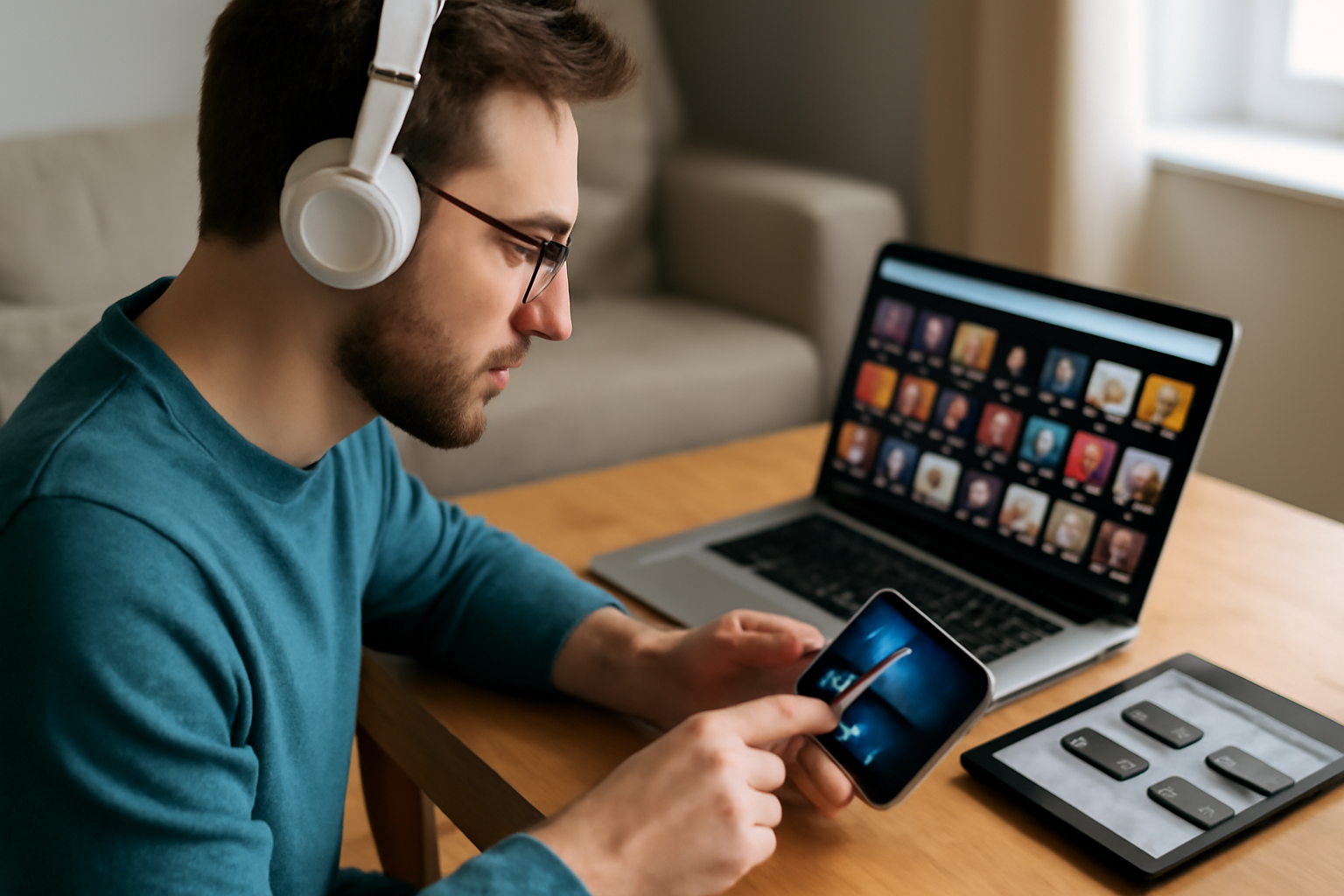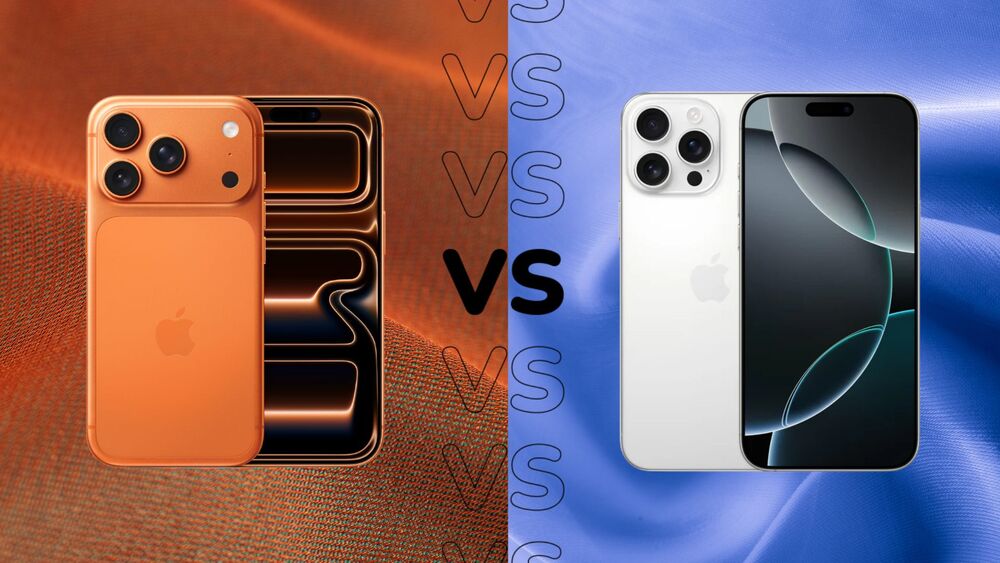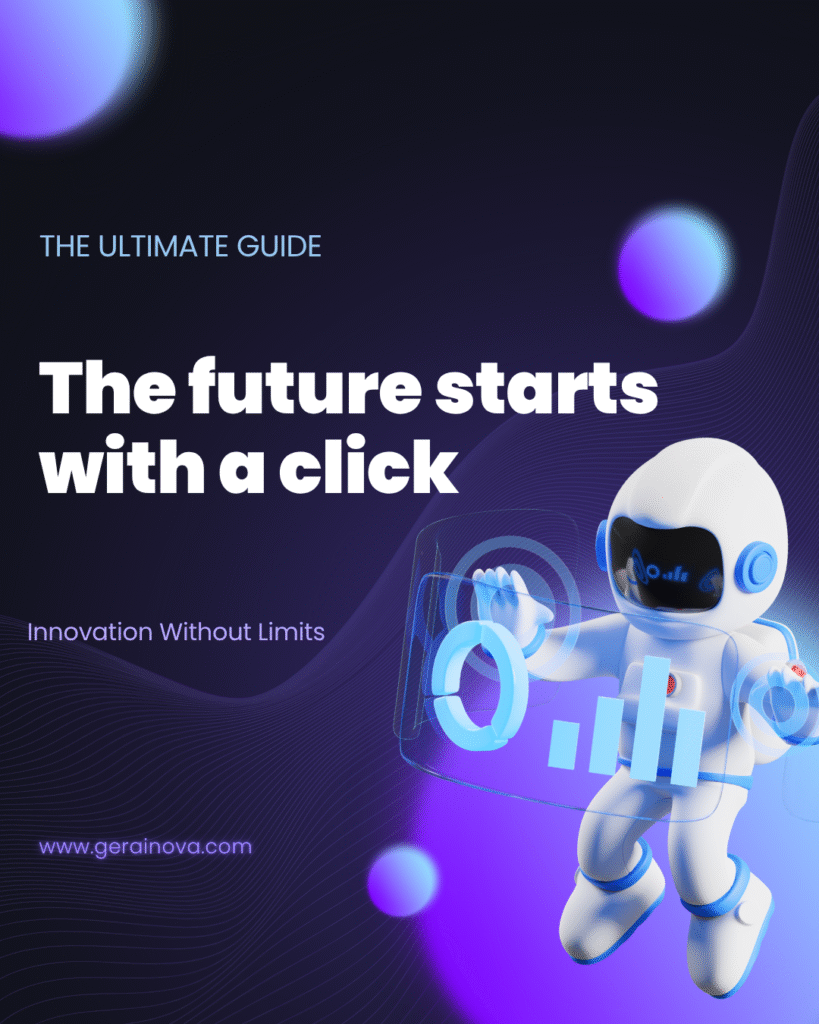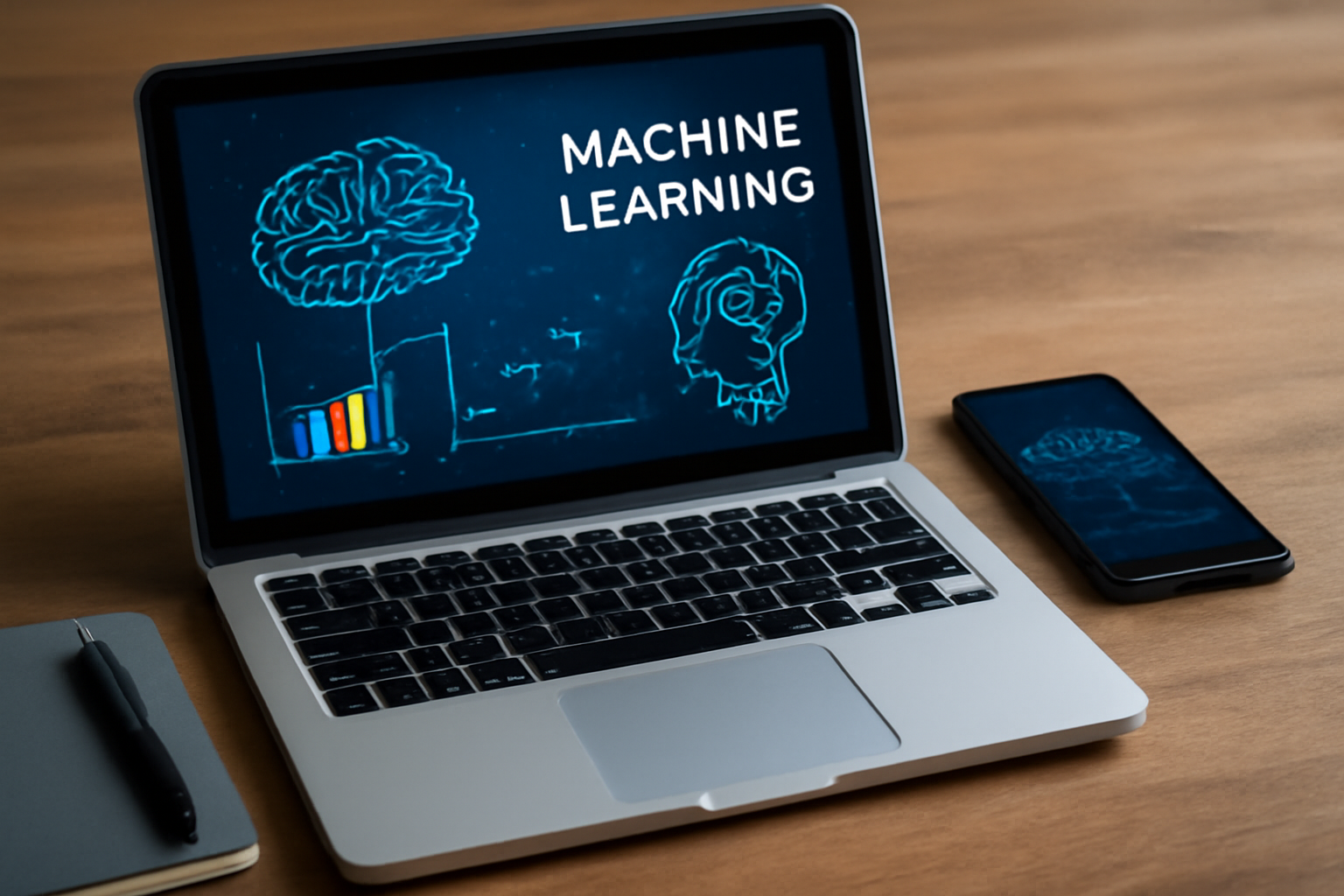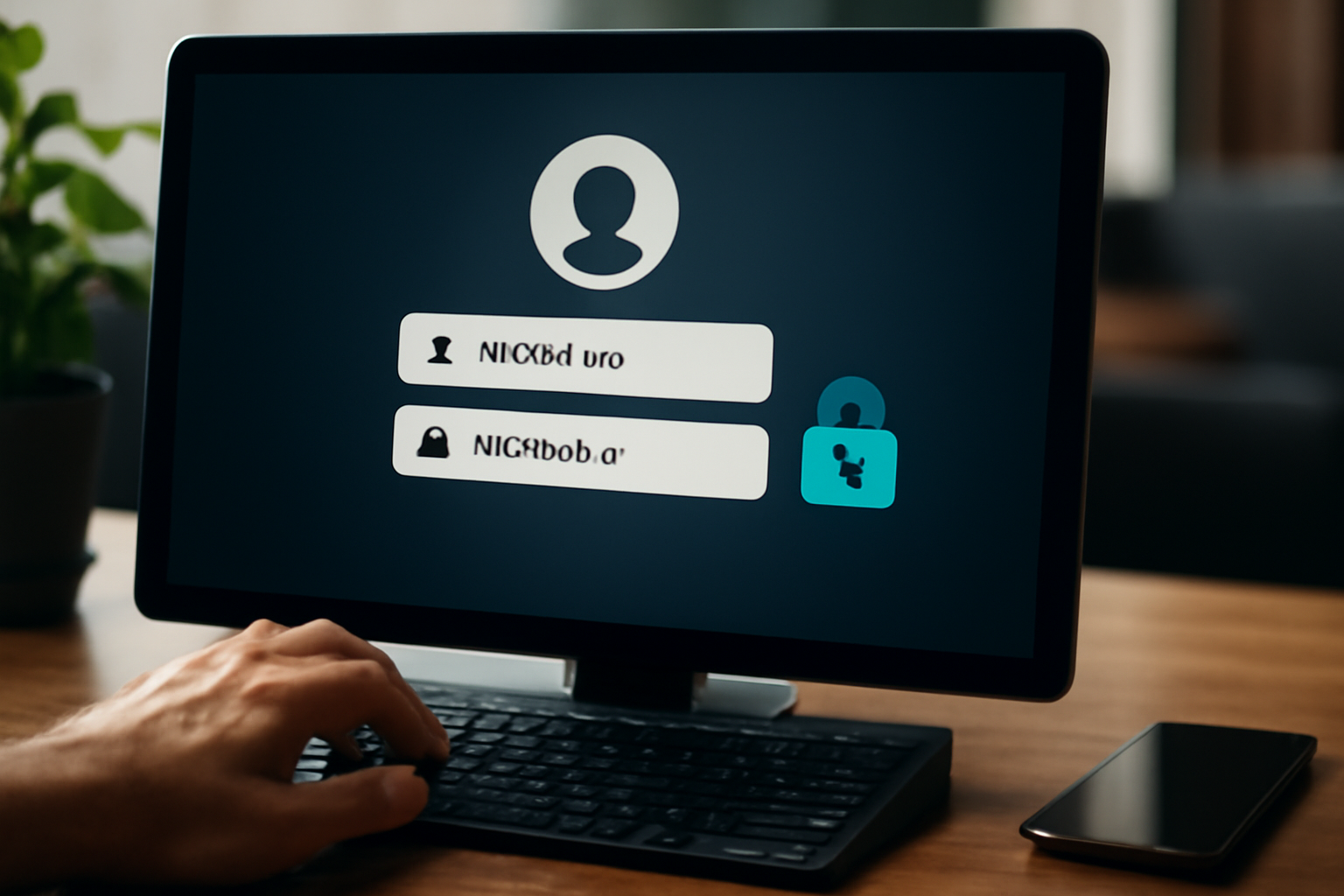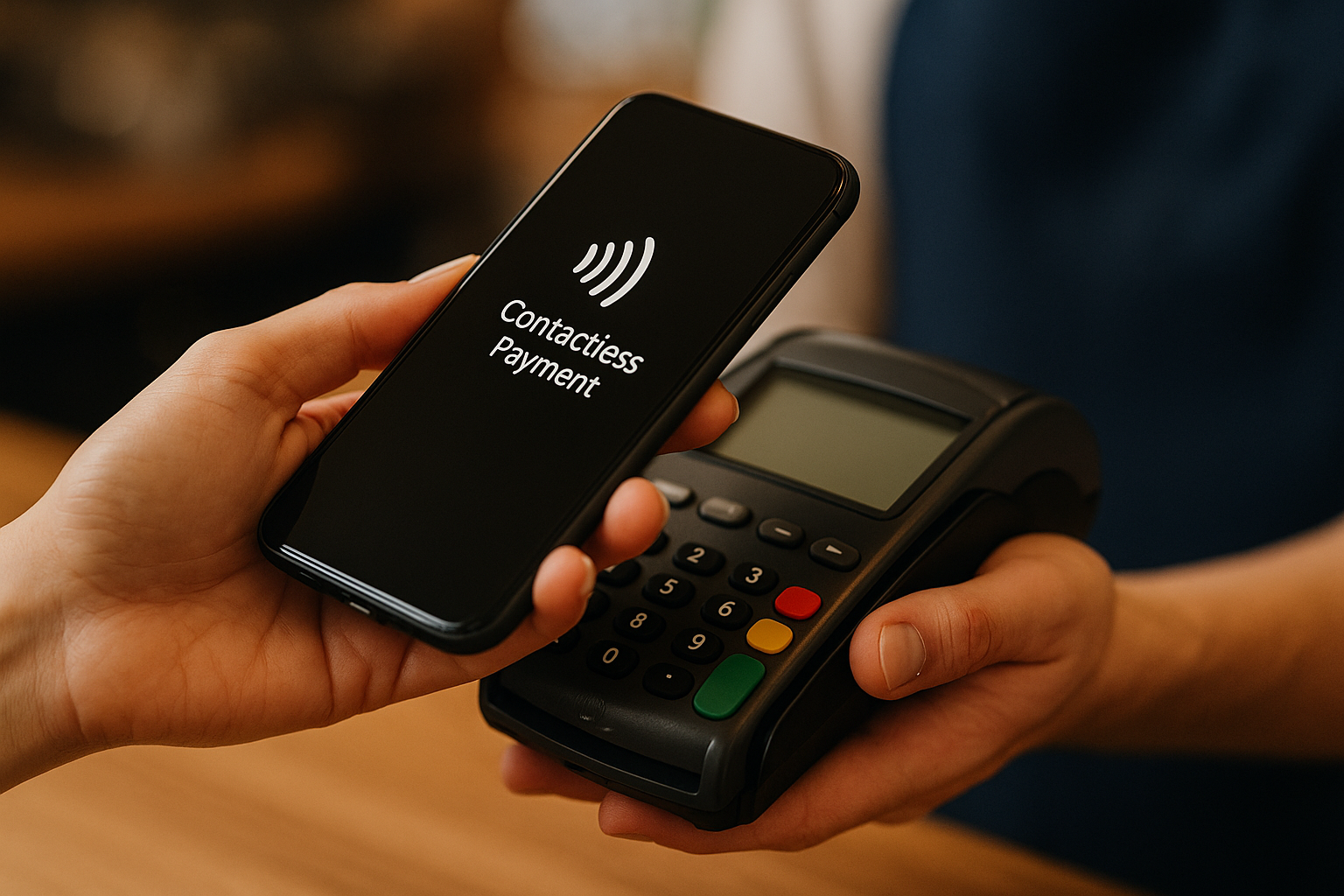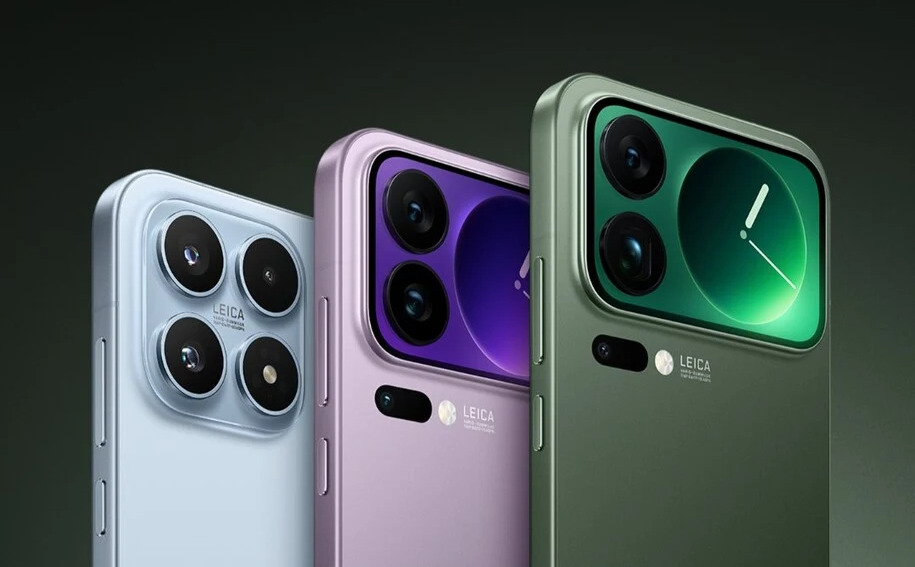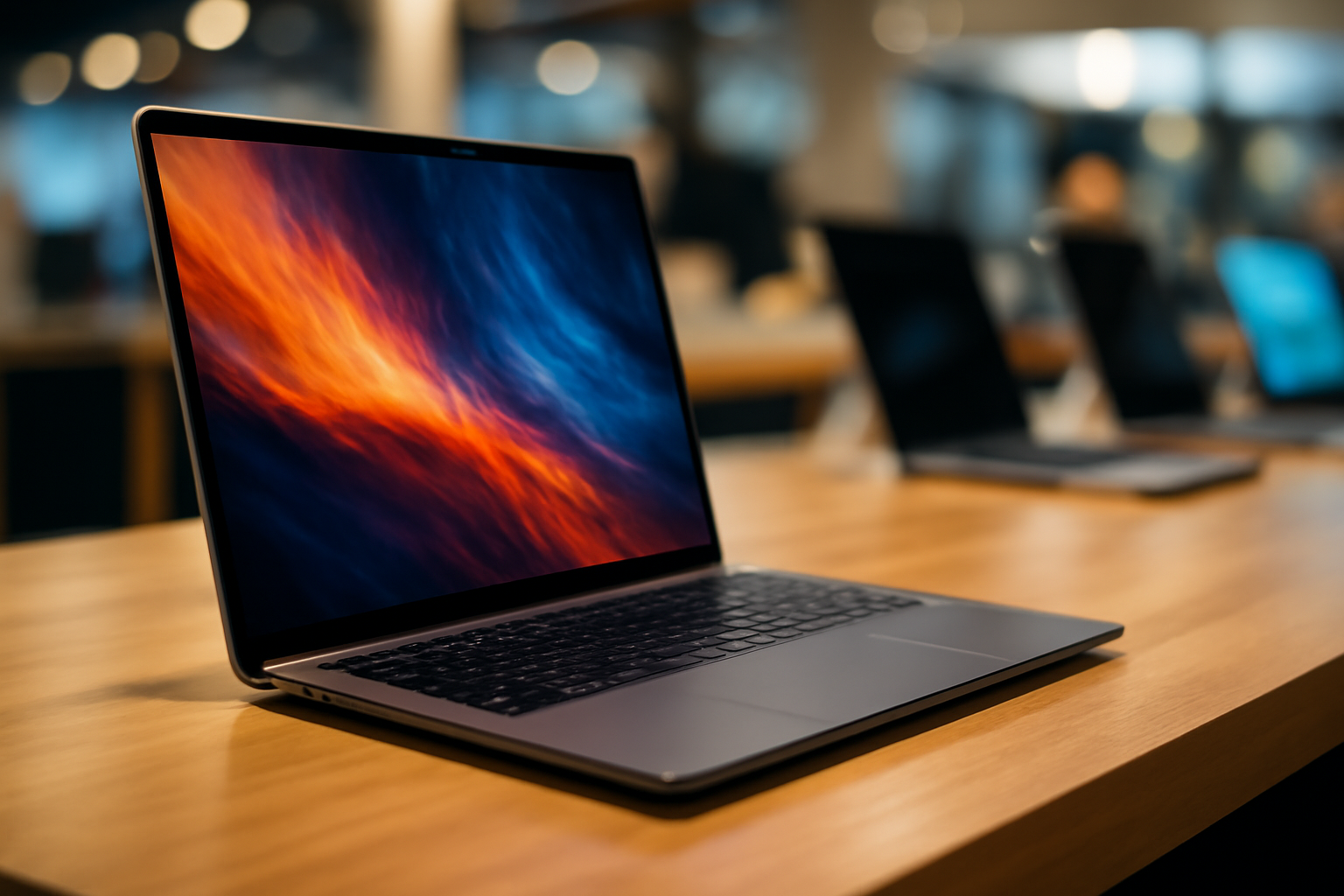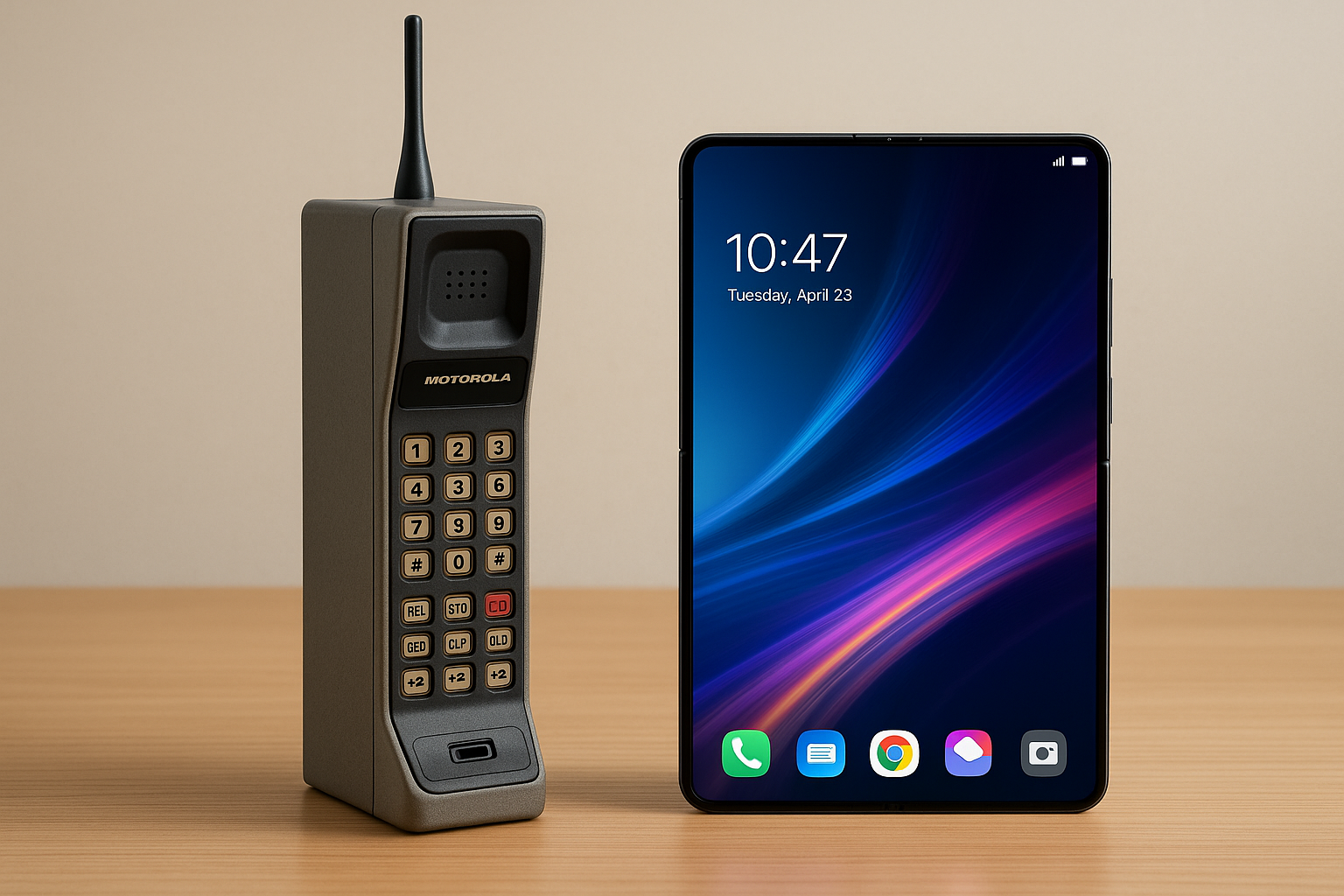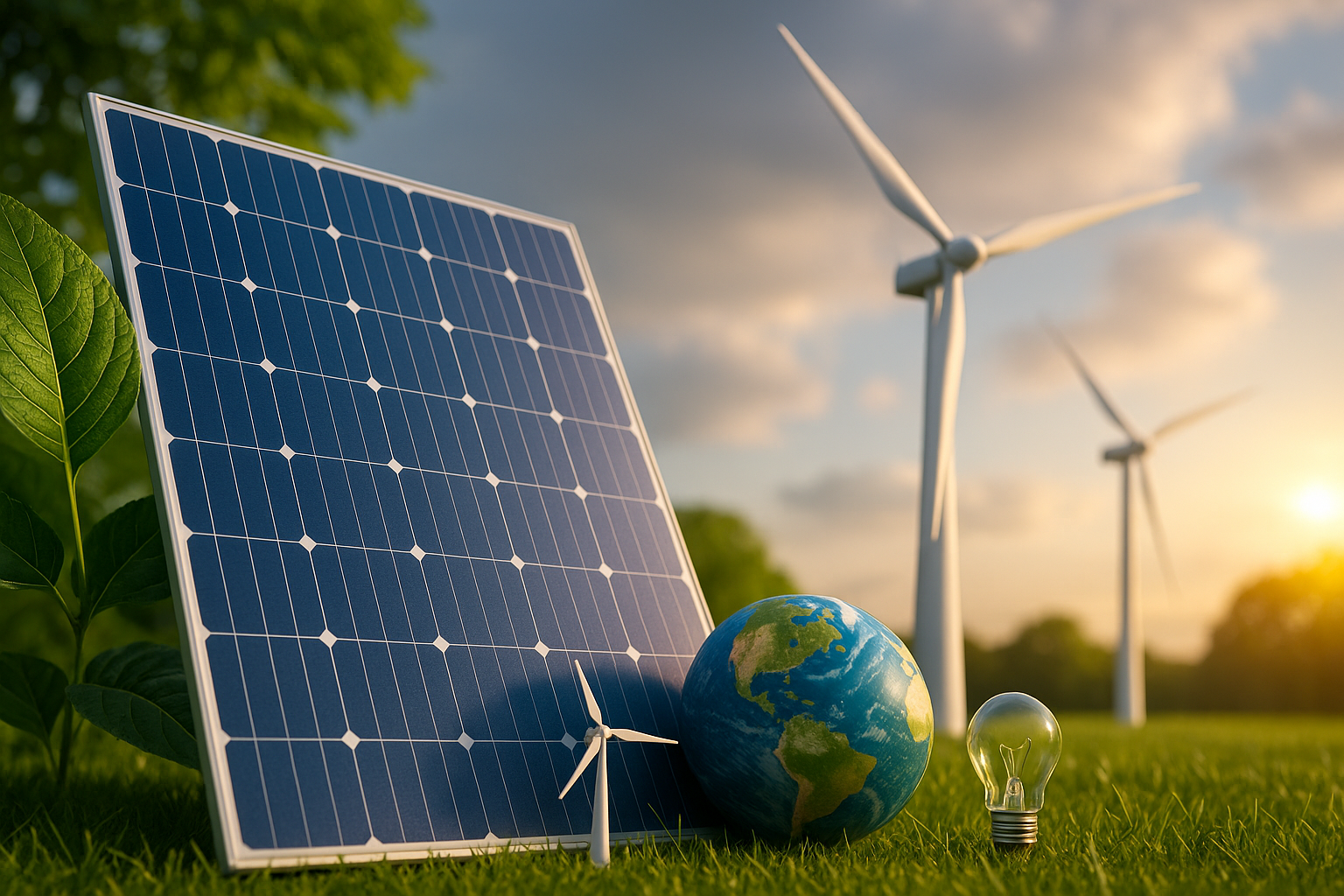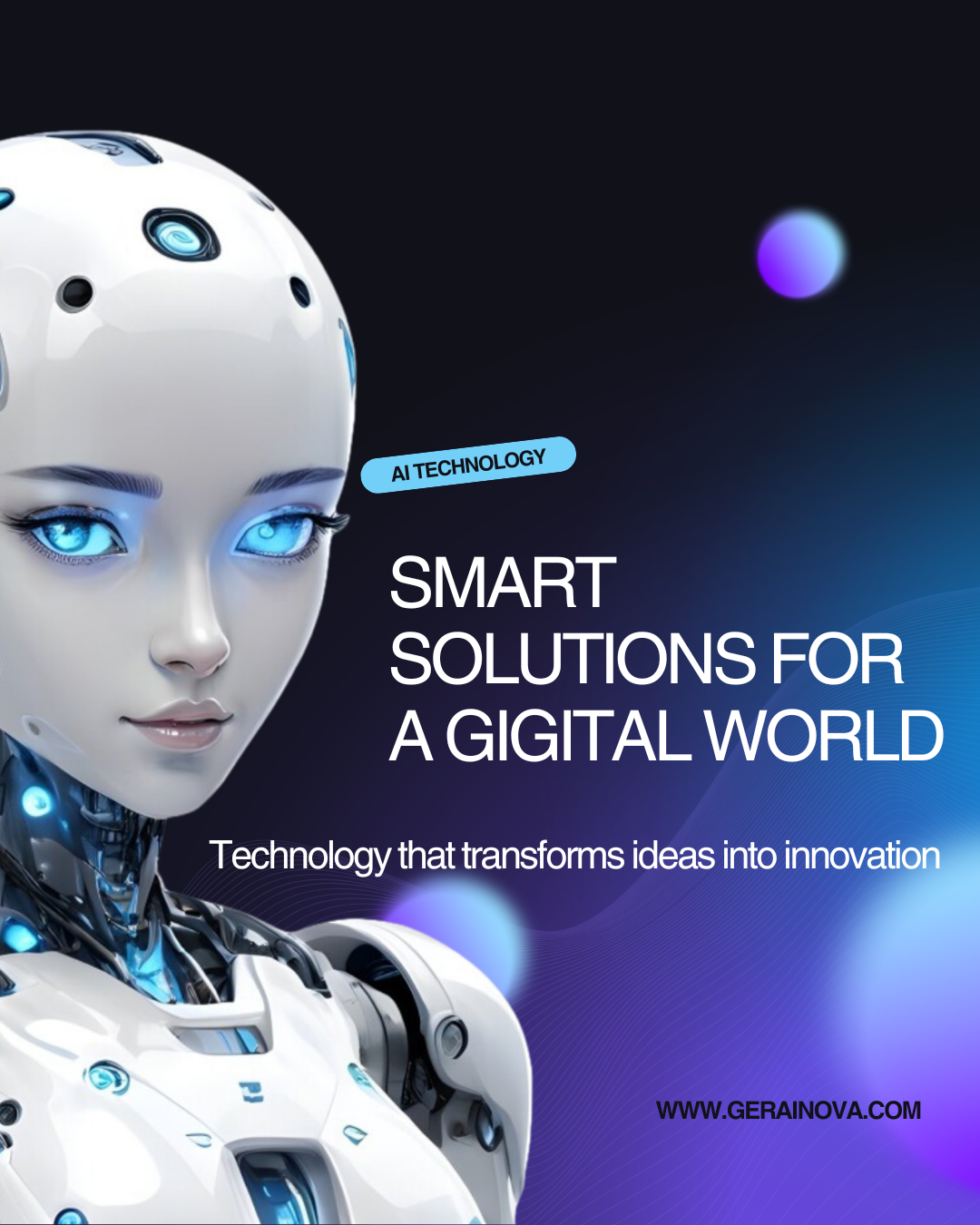In the digital age, technology has drastically altered the way we consume content. Gone are the days when television, radio, and printed newspapers were the primary sources of information and entertainment. Today, we have an abundance of digital platforms at our fingertips, offering content in a variety of forms, ranging from text and images to videos and interactive experiences. The shift from traditional media to digital platforms has not only changed the volume and accessibility of content but has also transformed how we engage with it on a personal level.
This article delves into how technology has revolutionized content consumption, the platforms that have played key roles in this transformation, and how it impacts our daily lives. By the end, you’ll have a clear understanding of the changing landscape of content consumption and practical insights on how to navigate this new era.
1. The Rise of the Internet and Digital Platforms
The Emergence of the Internet as a Content Hub
The advent of the internet in the 1990s marked the beginning of a profound shift in the way we consume content. Before the internet, people relied heavily on traditional media outlets such as television, radio, and print newspapers for information. However, with the development of the World Wide Web, a new era of accessibility and convenience was born.
The internet created a platform where anyone could produce and distribute content, allowing for greater diversity and a wider range of voices. Blogs, websites, and social media networks enabled people to engage with content in new and dynamic ways. The notion of having access to information at any time, from anywhere in the world, revolutionized how we consumed news, entertainment, and educational material.
The Growth of Streaming Services
One of the most noticeable changes in content consumption has been the rise of streaming services. Platforms like Netflix, YouTube, Spotify, and Amazon Prime Video have reshaped the entertainment industry by offering on-demand access to a vast array of content. The traditional model of waiting for a scheduled television show or listening to a fixed radio schedule has been replaced by the ability to watch or listen to whatever we want, whenever we want.
For example, Netflix pioneered the concept of binge-watching, where users can watch entire seasons of a series in one sitting. This shift not only gave people more control over what they watched but also altered the way content creators structure their shows, moving away from episodic formats and embracing longer, more immersive storytelling.
2. Social Media: A Game-Changer in Content Consumption
User-Generated Content and Its Influence
Social media platforms have also played a critical role in how we consume content today. Facebook, Instagram, Twitter, and TikTok have not only made it easier for people to connect but also empowered individuals to become content creators. This democratization of content creation has led to the rise of user-generated content (UGC), where anyone with a smartphone can produce and share videos, photos, and written content with a global audience.
Platforms like TikTok have created new forms of entertainment, such as short-form video content, which has become immensely popular, especially among younger generations. This shift has forced traditional media outlets to rethink their approach, as UGC has shown to be more engaging and authentic for many viewers.
Moreover, social media algorithms are designed to personalize content for users based on their interests, leading to more targeted and tailored experiences. This has led to an increase in the consumption of niche content that may not have been available through traditional media outlets.
Influencer Culture and Content Consumption
The rise of influencers is another significant factor that has transformed how we consume content. Influencers—individuals who have amassed large followings on platforms like Instagram, YouTube, and Twitter—have become content creators who promote products, services, and ideas to their audiences. Their influence is not just about their content; it’s about their ability to connect with followers on a personal level, often cultivating a sense of trust and authenticity.
This shift has also changed the nature of advertising. Instead of traditional TV or print ads, brands now work with influencers to promote their products through more organic and engaging methods, such as product reviews, tutorials, or sponsored posts. This has led to the rise of social commerce, where users can purchase products directly through social media platforms.
3. Mobile Technology and Content Accessibility
The Shift to Mobile-First Content
As smartphones and tablets became more prevalent, they introduced a significant shift in content consumption. The mobile revolution has made it easier than ever to access content on the go. Whether commuting, waiting in line, or relaxing at home, people can consume content from social media, news outlets, and streaming platforms directly from their mobile devices.
This shift has also impacted how content is created and formatted. With mobile consumption on the rise, content creators are now optimizing their media for smaller screens, shorter attention spans, and a more interactive experience. For example, platforms like Instagram and TikTok focus heavily on visual, bite-sized content, catering to the needs of mobile users who prefer quick, digestible entertainment.
The Influence of Mobile Apps
Mobile apps have further transformed how we consume content by offering tailored experiences. Whether it’s news apps like Flipboard, podcast apps like Apple Podcasts, or video platforms like YouTube, apps allow users to curate their content in a way that traditional websites or television could not. Notifications, personalized recommendations, and seamless integration with social media make it easy for users to stay engaged and discover new content.
Moreover, the accessibility of mobile apps has allowed users to access a broader spectrum of content, including niche topics and independent creators that may not be available through traditional media channels.
4. The Role of Artificial Intelligence in Personalizing Content
AI and Content Curation
One of the most powerful technologies driving content consumption today is artificial intelligence (AI). AI is used to curate and personalize the content experience for users. Platforms like YouTube, Netflix, and Spotify use AI to analyze user behavior, such as what they watch or listen to, and then recommend content tailored to their preferences.
This level of personalization has made content consumption more efficient, as users no longer need to search through countless options to find something they enjoy. Instead, AI takes the guesswork out of the process by offering up suggestions based on past behavior.
AI also extends to the creation of content itself. For example, platforms like OpenAI’s GPT models are now being used to generate articles, scripts, and even music. This has opened up new avenues for content creation, where machines can assist humans in producing content faster and more efficiently.
The Impact of AI on Content Monetization
The rise of AI has also impacted how content is monetized. For example, platforms like Facebook and YouTube use AI-driven advertising models that target users based on their behavior and demographics. This allows brands to create more effective ads, increasing engagement and sales.
Additionally, AI enables content creators to optimize their content for search engines, ensuring that it reaches the right audience. For example, content creators can use AI tools to analyze trending topics, optimize their video titles, and even improve their content’s SEO ranking.
5. Virtual and Augmented Reality: The Future of Content Consumption
Immersive Content Experiences
While AI and mobile technologies have reshaped the way we consume content today, the future holds even more exciting possibilities. Virtual reality (VR) and augmented reality (AR) are emerging as game-changers in content consumption. With VR, users can immerse themselves in 360-degree experiences, whether it’s exploring a virtual museum, attending a live concert, or playing video games. AR, on the other hand, overlays digital content onto the real world, allowing users to interact with both physical and digital elements simultaneously.
These immersive technologies are already being used in fields like gaming, education, and marketing, but their potential for content consumption is vast. Imagine attending a virtual reality concert or experiencing a movie in a completely immersive, interactive environment. As VR and AR technologies continue to improve, the ways in which we consume content will become more interactive, engaging, and personalized than ever before.
6. The Future of Content Consumption
Interactive and Immersive Technologies
The future of content consumption will undoubtedly be shaped by further advances in AI, mobile technologies, and immersive experiences like VR and AR. As content becomes more personalized and interactive, users will expect even greater control over how they experience and engage with media. Content will likely become more immersive, where users can influence the narrative or interact with digital elements in ways that were previously unimaginable.
For content creators, this presents exciting new opportunities to engage audiences in innovative ways, pushing the boundaries of storytelling and interactivity. Whether it’s through interactive films, virtual reality news, or personalized learning experiences, the future of content consumption will be dynamic, evolving, and highly interactive.
Conclusion
Technology has undoubtedly revolutionized the way we consume content. From the rise of digital platforms like streaming services and social media to the personalization enabled by AI, we now have unprecedented access to a vast array of content. Mobile technology has made content more accessible, while immersive experiences like VR and AR promise to change how we interact with media in the future.
As technology continues to evolve, the landscape of content consumption will continue to shift, offering new opportunities for both creators and consumers. By staying informed and adaptable, we can navigate this ever-changing digital world and make the most of the content at our fingertips.

